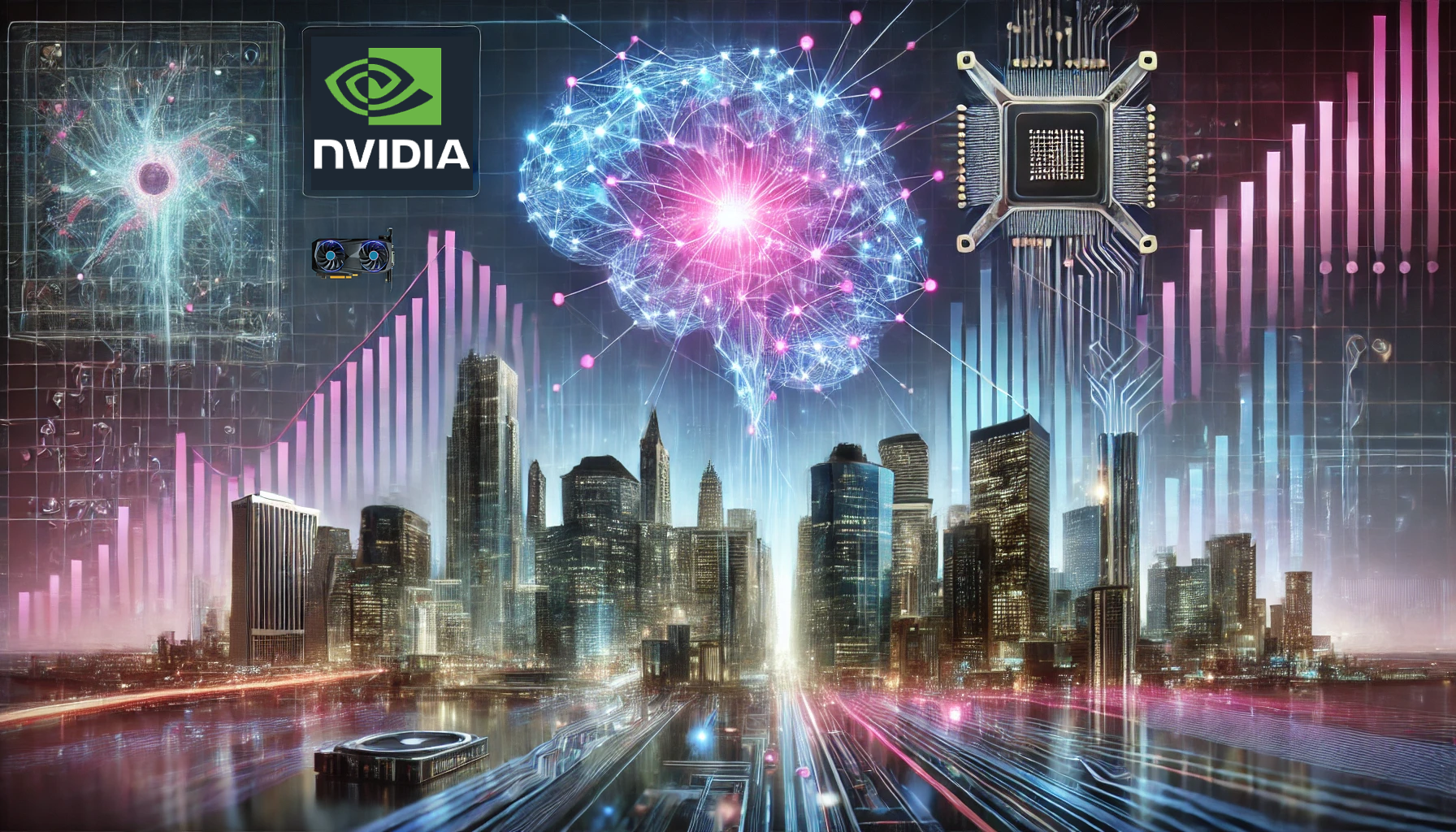Disruptor or Harbinger of an AI Bubble Burst?
The emergence of DeepSeek R1 has shaken the AI industry and financial markets alike, prompting widespread speculation about whether we’re witnessing a burst in the so-called “AI bubble.” From its game-changing cost efficiency to its implications for Big Tech and the GPU market, R1’s arrival has forced the industry to re-evaluate its assumptions. Here’s a detailed breakdown of the situation and its potential long-term impacts.
Why DeepSeek R1 Is Disrupting the AI Landscape
Cost Efficiency Redefined
DeepSeek R1 has turned heads by delivering performance on par with industry leaders like OpenAI’s GPT models—at a mere 1/30th of the cost. At $0.14 per million tokens compared to $7.50 for OpenAI’s models, R1 challenges the long-held belief that cutting-edge AI requires massive financial outlays. This efficiency raises questions about the sustainability of Big Tech’s sprawling investments in infrastructure, such as Nvidia GPUs.
Open-Source Advantage
Unlike proprietary AI models, DeepSeek R1 embraces an open-weight architecture. This allows developers to inspect, modify, and build on the model, democratising access to advanced AI tools. Smaller startups and labs can now compete with AI behemoths like OpenAI and Google, levelling the playing field and sparking a wave of decentralised innovation.
Unprecedented Resource Optimisation
DeepSeek trained R1 using just 2,048 Nvidia H800 GPUs over two months—an achievement that underscores the inefficiency of traditional approaches. Compared, OpenAI and Meta reportedly use far greater computing power for their training efforts. R1’s resource efficiency undermines the notion that AI progress depends solely on exponentially increasing hardware investments.
Market Panic and the “Bubble Burst” Narrative
Tech Stock Turmoil
The financial markets reacted swiftly to R1’s launch. Nvidia, a cornerstone of the AI hardware ecosystem, saw a staggering $600 billion wiped from its market value—its worst single-day performance since 2020. Energy firms betting on AI-driven power demand, such as Vistra and Constellation Energy, also tumbled by nearly 30%. Investors now worry that more efficient AI models could reduce demand for high-end chips and energy infrastructure.
Scrutiny on Big Tech’s ROI
With Meta allocating $65 billion to its AI budget and OpenAI committing $500 billion to its Stargate project, R1’s emergence has sparked debate about whether such vast spending is justifiable. If affordable models like R1 proliferate, these investments may come under increased scrutiny.
Geopolitical Tensions
DeepSeek’s success has reignited concerns about China’s technological advancement. Despite U.S. chip export restrictions, DeepSeek R1 showcases China’s ability to innovate under sanctions. Many analysts liken this to a “Sputnik moment” for U.S. AI dominance, with geopolitical ramifications extending beyond the tech sector.
Do We Still Need Nvidia GPUs for DeepSeek?
Short-Term Dependence
DeepSeek R1 was trained using Nvidia H800 GPUs—a China-compliant version of the A100—demonstrating that advanced hardware remains essential for cutting-edge AI research. However, the model’s efficiency significantly reduces the number of GPUs required.
Local Deployment Opportunities
Distilled versions of R1 can now run on consumer-grade hardware, bypassing the need for cloud-based GPU services. For instance, researchers at UC Berkeley replicated R1-Zero capabilities with just $30 in computing costs. This could further decentralise AI, enabling localised, affordable deployments.
Long-Term Demand Uncertainty
The debate over GPU demand is far from settled. While efficiency gains could reduce demand, some predict a Jevons paradox, where lower costs lead to broader adoption and increased overall demand. For its part, Nvidia argues that DeepSeek’s efficiency validates the need for GPUs in inference tasks.
Broader Implications for AI Development
Democratising AI Innovation
R1’s affordability and open-source nature could mark a turning point for AI. Smaller players can now meaningfully contribute to the field, as evidenced by initiatives like Hugging Face’s Open-R1 project, which aims to apply R1’s capabilities to areas like medical diagnostics and code generation.
Energy and Climate Impact
If AI models require less computing power, projections of skyrocketing data centre energy consumption may be overstated. For example, estimates that AI could account for 12% of U.S. electricity demand by 2027 may need to be revised, potentially stalling investments in nuclear and gas power plants.
Ethical and Regulatory Concerns
Despite its technical achievements, R1 has raised concerns about privacy and compliance. With its data stored in China and adherence to state censorship regulations, R1 may face limited global appeal compared to Western models prioritising transparency and privacy.
Conclusion: A Paradigm Shift, Not a Collapse
While DeepSeek R1 has triggered market panic and cast doubt on traditional AI paradigms, its rise is less about a bubble burst and more about a paradigm shift. By demonstrating that cutting-edge AI can thrive without exorbitant costs, R1 challenges incumbents to prioritise efficiency over brute-force scaling.
That said, Nvidia’s GPUs remain critical for cutting-edge research, and long-term demand for compute power could still rebound as AI applications expand into new domains. The current panic reflects a market in transition—adjusting to a more competitive, diversified AI ecosystem where ingenuity and accessibility rival financial firepower.
What’s your take on DeepSeek R1’s impact? Join the conversation—let’s explore how this shift will shape the future of AI.


Leave a Reply